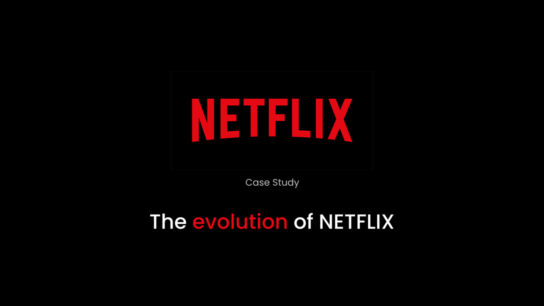In the realm of home entertainment, 4K movies have emerged as the pinnacle of visual fidelity and immersive cinematic experience. Offering four times the resolution of standard HD (1080p), 4K Ultra HD (UHD) brings viewers closer to the details, colors, and textures that filmmakers intended, revolutionizing how we perceive and enjoy movies. Let’s delve into what makes 4K movies so special and how they are reshaping the way we watch films.
Understanding 4K Resolution
4K resolution refers to a display resolution of approximately 4000 pixels horizontally, typically 3840 pixels × 2160 lines vertically, giving it the name “4K.” This resolution significantly enhances image clarity and detail compared to lower resolutions like 1080p (Full HD). The increased pixel density means finer details are more visible, making everything from intricate textures to distant landscapes appear sharper and more lifelike.
Advantages of Watching Movies in 4K
- Enhanced Detail and Clarity: 4K resolution reveals finer details that might be lost in lower resolutions. This is particularly noticeable in scenes with intricate textures, facial expressions, or expansive landscapes.
- Vivid Colors and HDR: Many 4K movies are paired with High Dynamic Range (HDR) technology, which expands the range of both contrast and color significantly. HDR allows for brighter whites, darker blacks, and a broader spectrum of colors, creating a more realistic and visually stunning image.
- Improved Viewing Experience: Watching movies in 4K can feel more immersive due to the enhanced detail and realism. It’s as close as you can get to the cinematic experience in your own home.
- Future-Proofing: As more content is produced in 4K resolution, investing in a 4K-compatible setup ensures you are ready for the latest and highest-quality media releases.
Challenges and Considerations
While 4K movies offer exceptional visual fidelity, there are a few factors to consider:
- Equipment Requirements: Enjoying 4K movies requires a compatible 4K TV or monitor and a source that can output 4K content, such as a 4K Blu-ray player, streaming device, or a computer with a powerful graphics card.
- Bandwidth: Streaming 4K content demands higher internet speeds to maintain quality without buffering.
- File Size: 4K movies have larger file sizes compared to lower resolutions, requiring more storage space and potentially longer download times.
Availability of 4K Content
The availability of 4K movies has grown steadily, with major streaming platforms like Netflix, Amazon Prime Video, and Disney+ offering a growing library of 4K content. Additionally, 4K Blu-ray discs provide the highest quality viewing experience for those who prefer physical media.
The Future of 4K and Beyond
As technology advances, 4K is becoming more accessible and affordable, paving the way for even higher resolutions like 8K. However, for now, 4K remains the gold standard in home viewing, providing a level of detail and realism that enhances the movie-watching experience significantly.
In conclusion, 4K movies represent a leap forward in visual fidelity and cinematic enjoyment, offering viewers an unparalleled level of detail and immersion. Whether you’re a cinephile seeking the best possible viewing experience or simply someone who appreciates breathtaking visuals, 4K movies deliver on their promise of bringing the theater experience into your living room.




